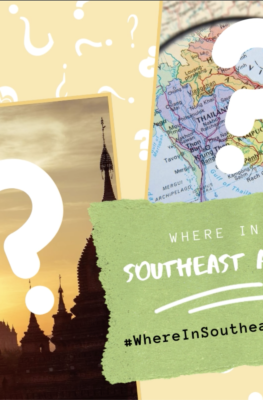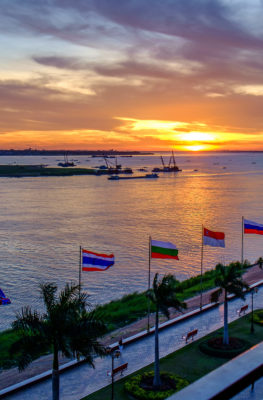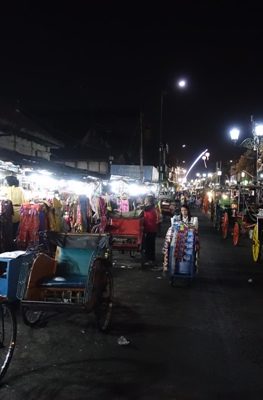Published on February 26, 2016
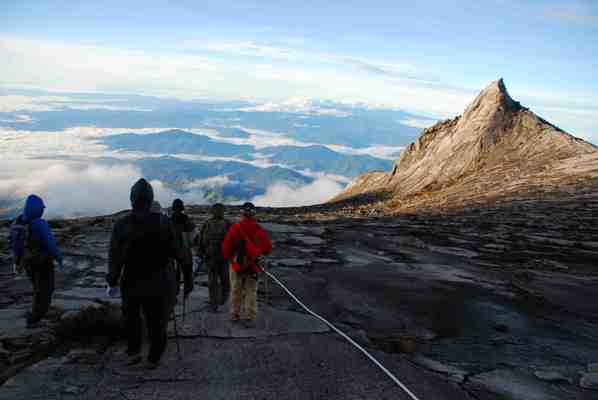
Bitter sub-zero temperatures, oxygen tanks and frostbite – these hazards of hiking in the mountains elsewhere in the world simply don’t exist in Southeast Asia.
Don’t get us wrong, many of the trails around Southeast Asia’s highest peaks offer just as much challenge as their counterparts elsewhere. The shirt-sleeve daylight temperatures make for a lower bar for first-timers; if you’re an experienced mountaineer looking for a real pro experience, the region delivers that too!
A list of the most popular peaks in the region follows below.
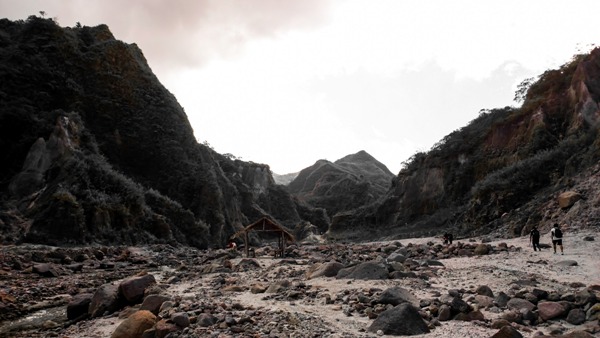
Mount Pinatubo, the Philippines. The destruction wreaked by the Philippines’ Mount Pinatubo in 1991 was nothing short of catastrophic. Hundreds of towns around the volcano were deluged by raging lahar; a cloud of volcanic dust rose about 40km into the air, its dust particles cooling global temperatures by up to 0.6°C.
What remains today of Pinatubo’s crater provides an excellent mountain hiking experience that begins at the base camp at Barangay Juliana: riding 4×4 vehicles up to the desolate Crow Valley Canyon, then hiking through a rocky and dusty landscape until you arrive at the volcano’s caldera lake.
The vivid and calm blue-green waters of the caldera lake belie the massive destruction Pinatubo wreaked two decades ago… and can still inflict if it ever awakes again! Assuming Pinatubo slumbers still, the trek up the trail is only permitted during the dry season between October and June; the gray beds of volcanic ash can turn into liquid miasmas during the rainy season, completely dangerous to even expert trekkers.
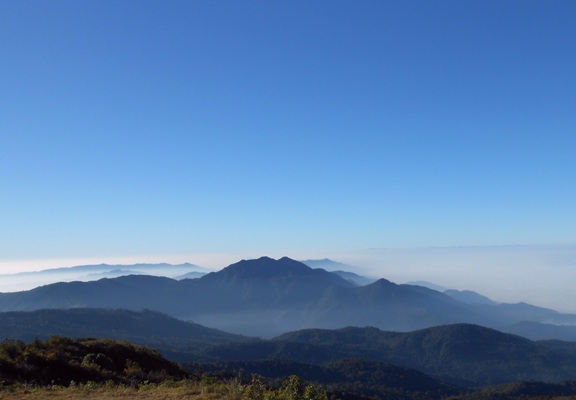
Doi Inthanon, Thailand. Doi Inthanon National Park is the highest peak in Thailand, rising over 2,500m above sea level. With so much to see within the National Park’s borders, travelers require three to five days to conquer the slopes: the 47km main trail winds past scenic valleys, Karen and Hmong tribal villages, and a changing landscape that varies from subtropical near the bottom to a chilly, mist-shrouded alpine climate near the summit.
Key sights along the Doi Inthanon trail include the mysterious Tham Bori Chinda cave; the scenic Namtok Mae Pan waterfall, the longest in Chiang Mai; twin pagodas Phra Mahathat Napha Methanidon and Phra Mahathat Naphaphon Bhumisiri; and the Doi Inthanon Royal Project, launched to help local hill tribes move away from illegal opium cultivation and into equally profitable (and more legal) cash crops.
At the peak of Doi Inthanon stands a stupa containing the remains of the late Lanna King Inthawichayanon, who championed the forests surrounding the mountain in his lifetime.
Mount Kinabalu, Malaysia. The “roof” of Eastern Malaysia rises over 4,000 metres above sea level, a granite massif that rose up out of the crust as a result of geological stresses a million years ago.
Hiking trails snaking up from the Kinabalu National Park permit even rank newbies access to the peak, but a greater challenge presents itself through Kinabalu’s via ferrata: a route eked into the rock face with the help of metal rungs and steel cables permanently affixed into the mountainside. Kinabalu’s via ferrata is the world’s highest: climbers work their way through a trail that terminates at 3,800 metres above sea level.
Travelers looking for a real challenge should choose the more difficult of Kinabalu’s two via ferrata routes, a dizzying climb that takes up to five hours to complete, winding past some of the mountain’s most dazzling views as you go along.
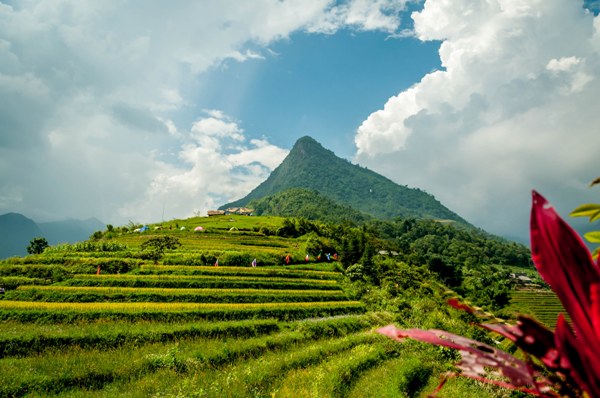
Mount Fansipan, Vietnam. From the mountain town of Sa Pa in Viet Nam’s northwest, hikers can set out to conquer Viet Nam’s highest peak, Fansipan, which rises about 3,143 metres above sea level. Despite a short, nine-km distance between Sa Pa and the peak, the actual climb to the top requires up to three days to undertake. The difficulty is alleviated somewhat by mountain huts and campsites along the trail, and porter services that can be hired in Sa Pa.
Fansipan is another beginner-friendly peak, requiring no technical climbing skills from its climbers. From the jump-off point at Tram Ton Pass, the trail intersects with a village and an overnight camp near the peak till you reach the cloud-buffeted peak of the mountain.
Part of the Hoang Lien Mountain Range in Viet Nam’s North West, Fansipan can be climbed all year round, with peak season occurring first between February and April, and later between October and November, with the latter preferred by foreign visitors. Tourists in the know prefer going between February and March, as the trails are lined with blooming violets, aglaias, rhododendrons and orchids during that time of the year.
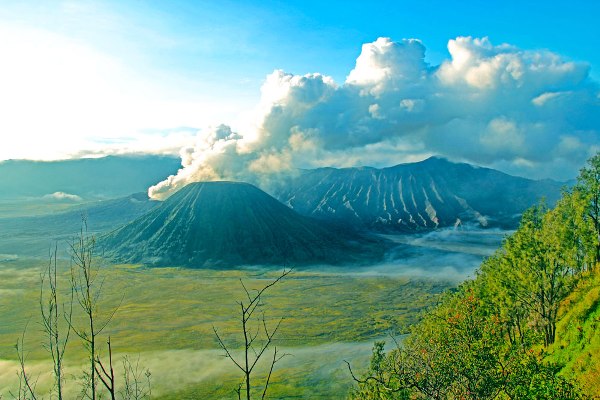
Mount Bromo in Indonesia is only one of three volcanoes rising from Tengger Caldera in the Bromo Tengger Semeru National Park. The caldera is presently a desert of volcanic ash, whose arid landscape is interrupted by the Pura Luhur Poten Hindu temple and the three volcanic peaks clustered around the sea of sand.
Several viewing platforms on nearby Mount Penanjakan give tourists their first view of Bromo, seen as the sun rises over the peaks, weather permitting. It’s a magnificent view, with Bromo in the foreground and Semeru behind it emitting smoke and ash into the air.
More active travelers can either hike or take a 4×4 down into the caldera itself, where you can ride a horse to a staircase on Bromo’s slopes. 250 steps later, you’ll peer down into the smoking, sulphuric maw of Bromo, with only a concrete railway standing between you and the steaming abyss below!



